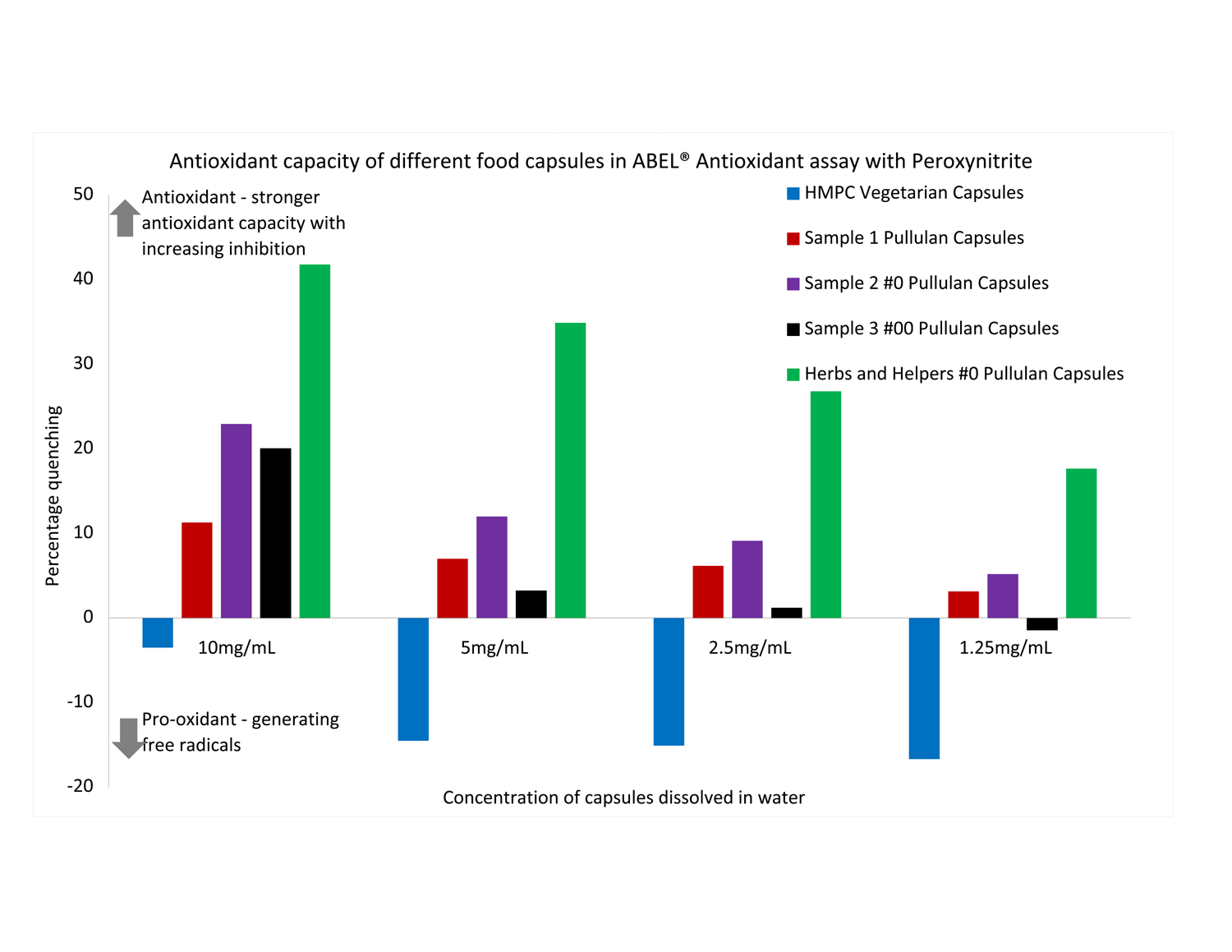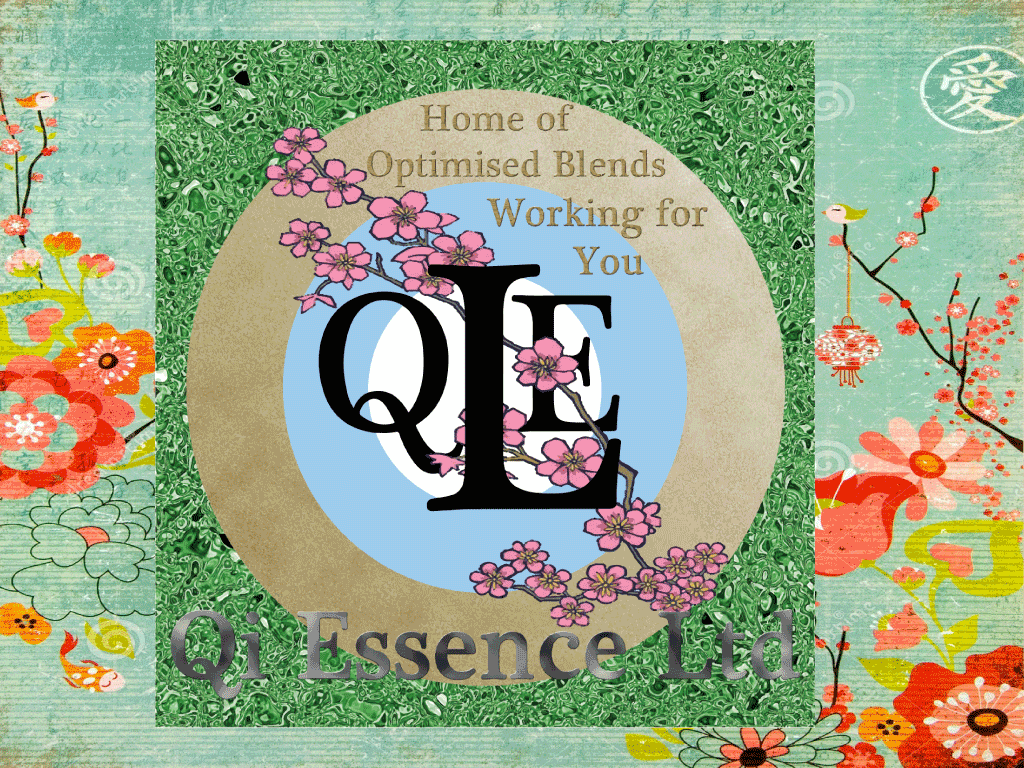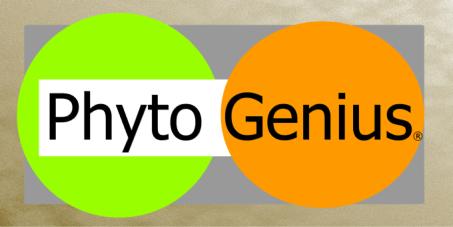Testing Service Mythbuster #1 – Anti-Oxidants & Anti-Oxidant Capacity (AOC)
It seems that once the word ‘Anti-Oxidants’ has been used then a fixation and focus develops, imagining that if the sample you want to test contains mainly substances that you do not consider ‘Anti-Oxidants’ then there’s no point
Mythbuster #1
While it is true that some substances do give lower readings like some medicinal mushrooms for example, this does not mean that you can’t still usefully test and compare such items:
Polysaccharides
For example the certified Organic capsules we sell are made from Pullulan which is naturally occurring, as a cell wall component for fungus Aureobasidium pullulans. Pullulan is a polysaccharide polymer consisting of maltotriose units, also known as α-1,4- ;α-1,6-glucan. Three glucose units in maltotriose are connected by an α-1,4 glycosidic bond, whereas consecutive maltotriose units are connected to each other by an α-1,6 glycosidic bond.
As you can see from the graph below testing different capsules including some which have lower levels of Pullulan it’s very obvious to see the difference. The reason this comparison can be usefully made is because it’s the overall Anti-Oxidant Capacity (AOC) that is being tested, i.e. the ability to scavenge and quench free radicals. Therefore Less Pullulan = Less Quenching = Less AOC = Less Quality/Activity/Fitness/Viability than capsules with a higher level.
Therefore even though Pullulan is a polysaccharide it’s still easy to demonstrate quality/activity of different items based on testing.

Therefore please feel confident about sending in your herbal material samples without worrying about whether, in your or someone else’s opinion, they contain ‘Anti-Oxidants’ or not, it’s the Anti-Oxidant Capacity (AOC) that we are testing.
Plants produce anti-oxidants to protect themselves from UV light and the consequences of photosynthesis which includes free radicles and non radicle oxidants. When all the anti-oxidant activity is used up then the material has deteriorated to the point of being useless. If the material contains a lot of lipids then it is now likely to be rancid. This is all down to attack by the above oxidants, usually derived from oxygen hence Reactive Oxygen Species (ROS).
Alternatively if you have doubts about any item that you are considering testing then please get in touch and ask first:
QI ESSENCE LTD | HOME OF OPTIMISED BLENDS | HERBAL MATERIALS TESTING SERVICE | 43A, Melbreak Avenue, Cockermouth, Cumbria, CA13 9AE. UK. | Tel: +44 (0) 1900 826392 | Text: 07761 489838 | Email: info@qiessence.co.uk | VAT Number: GB 254544794


